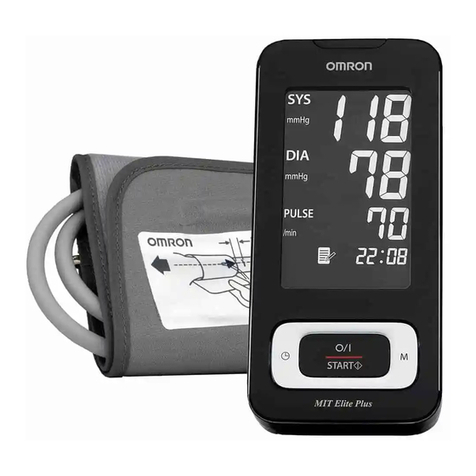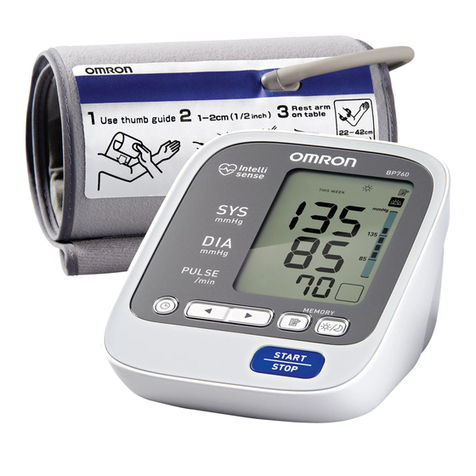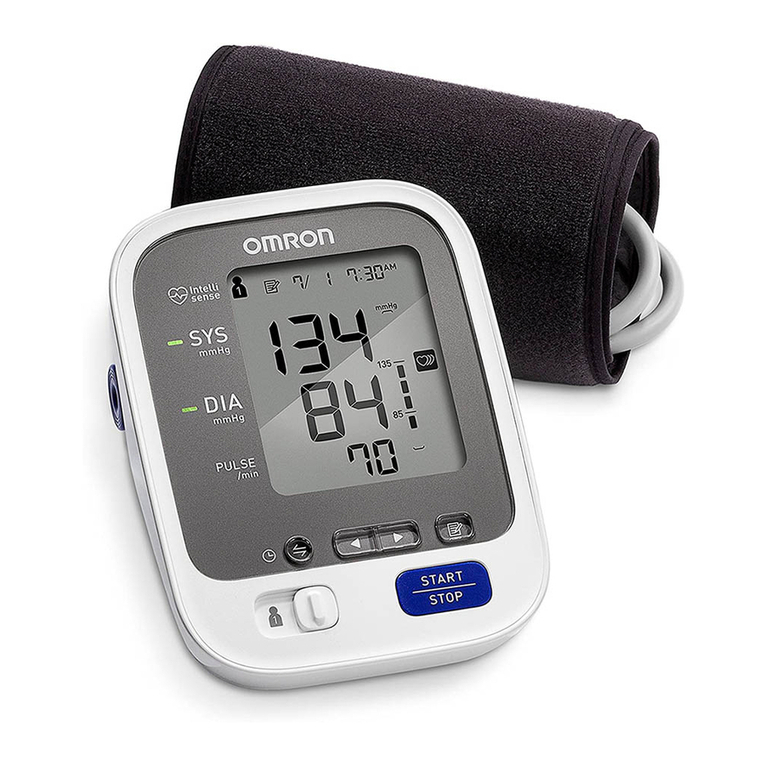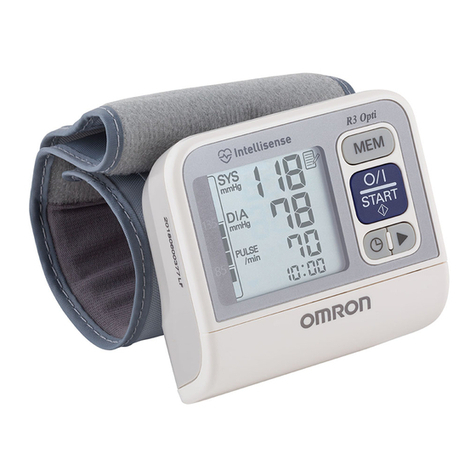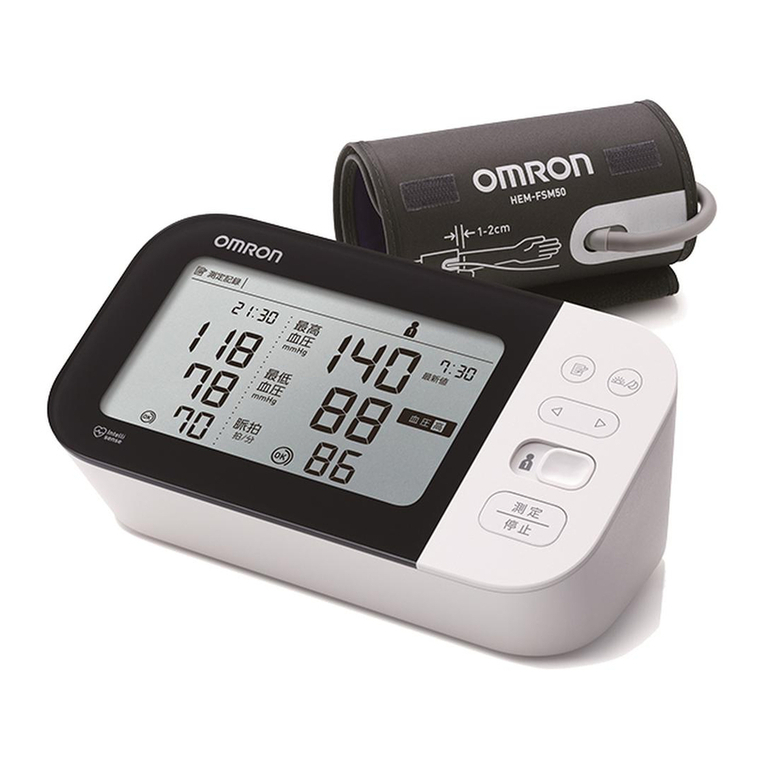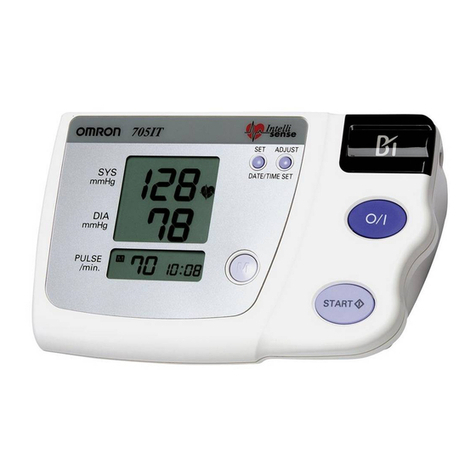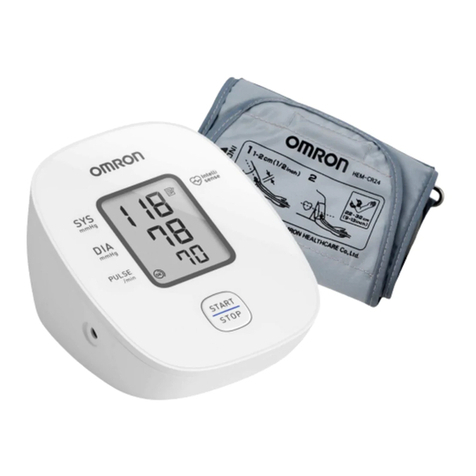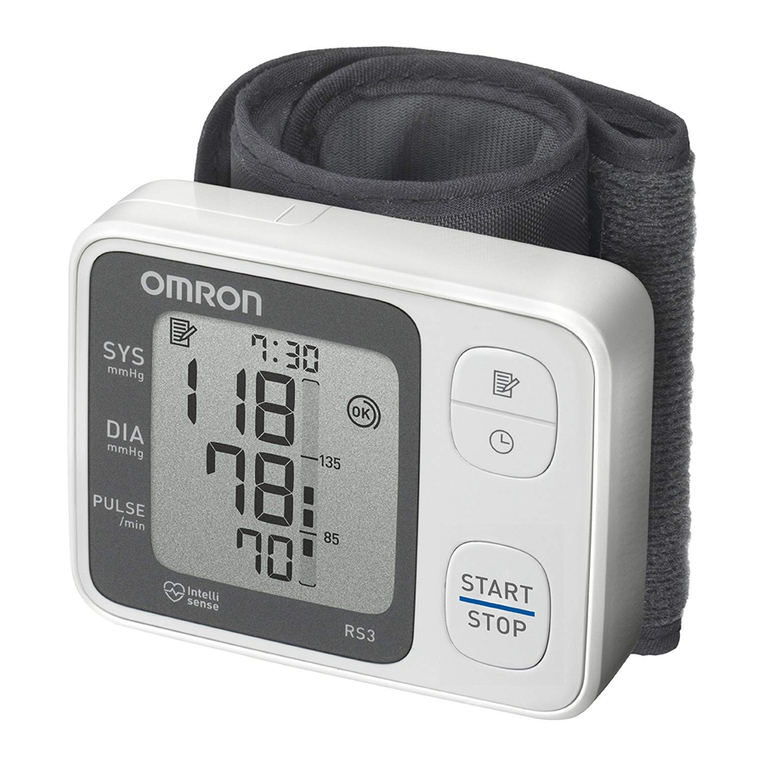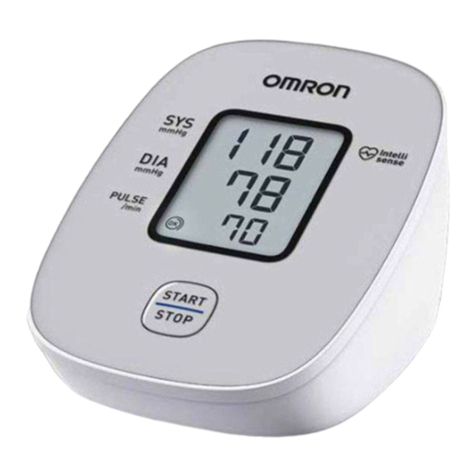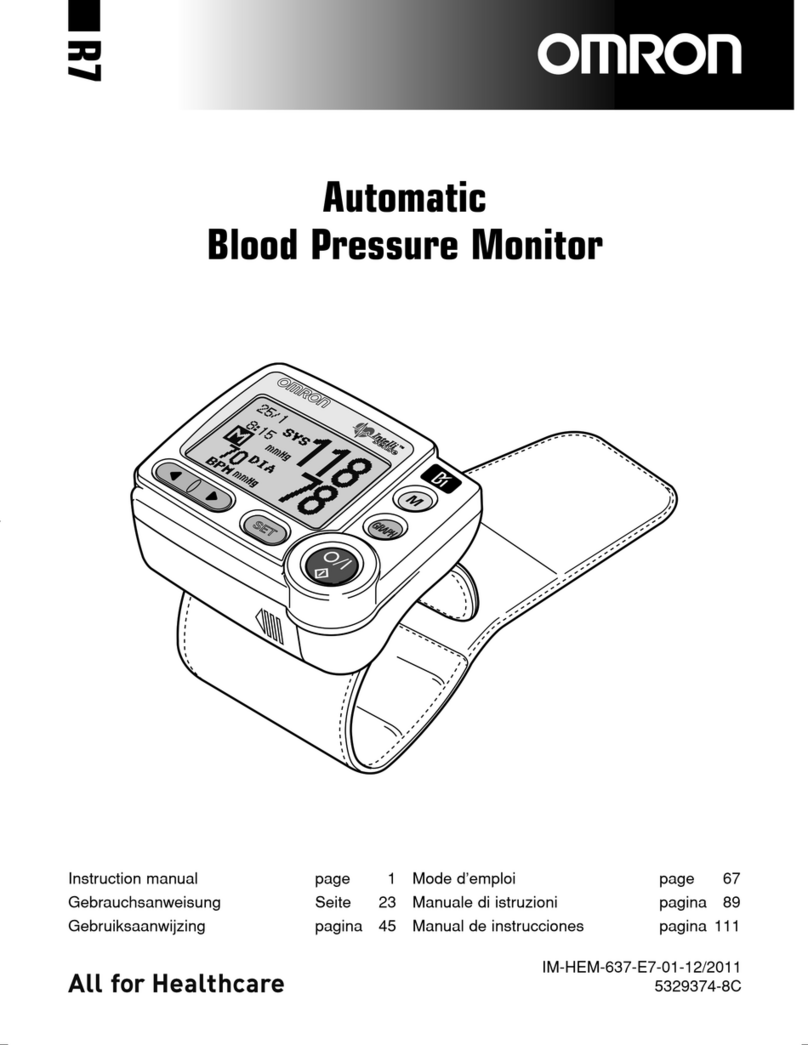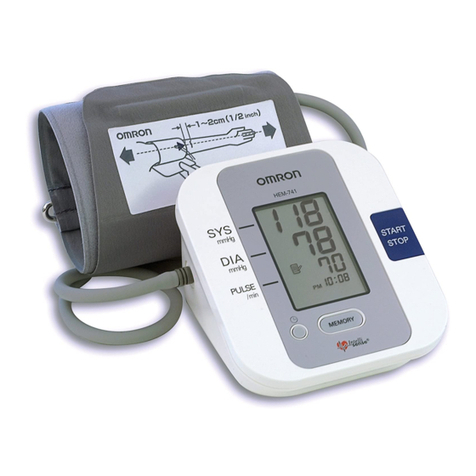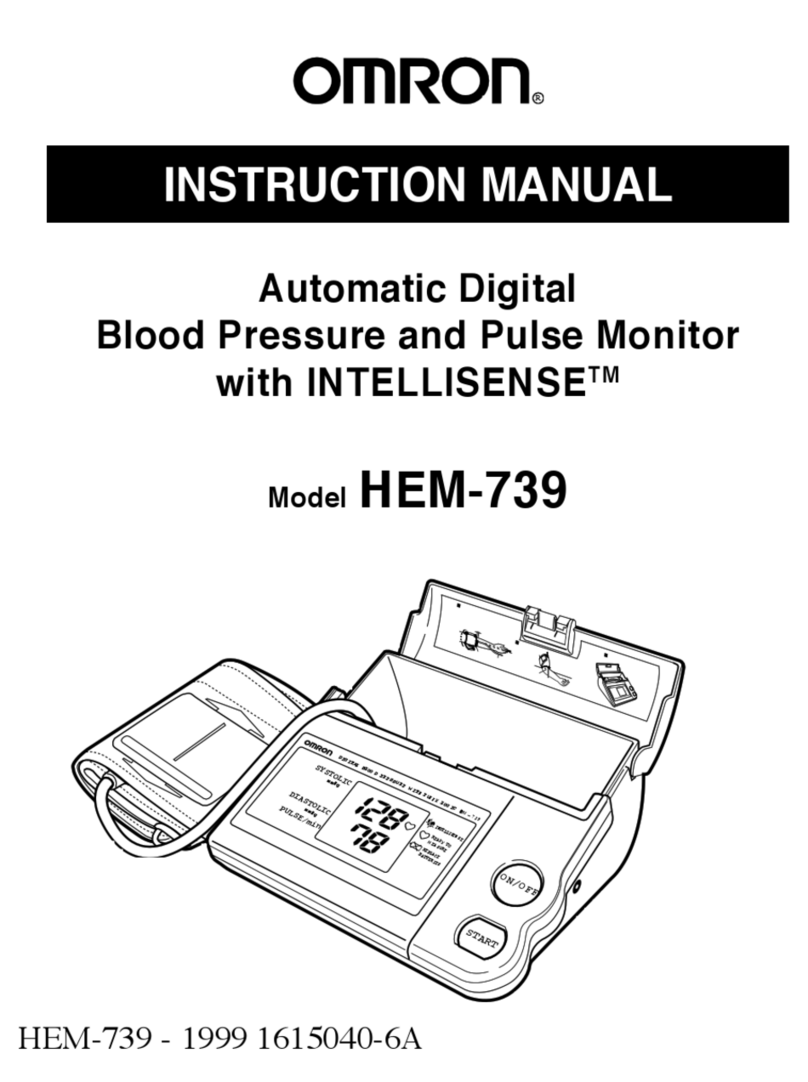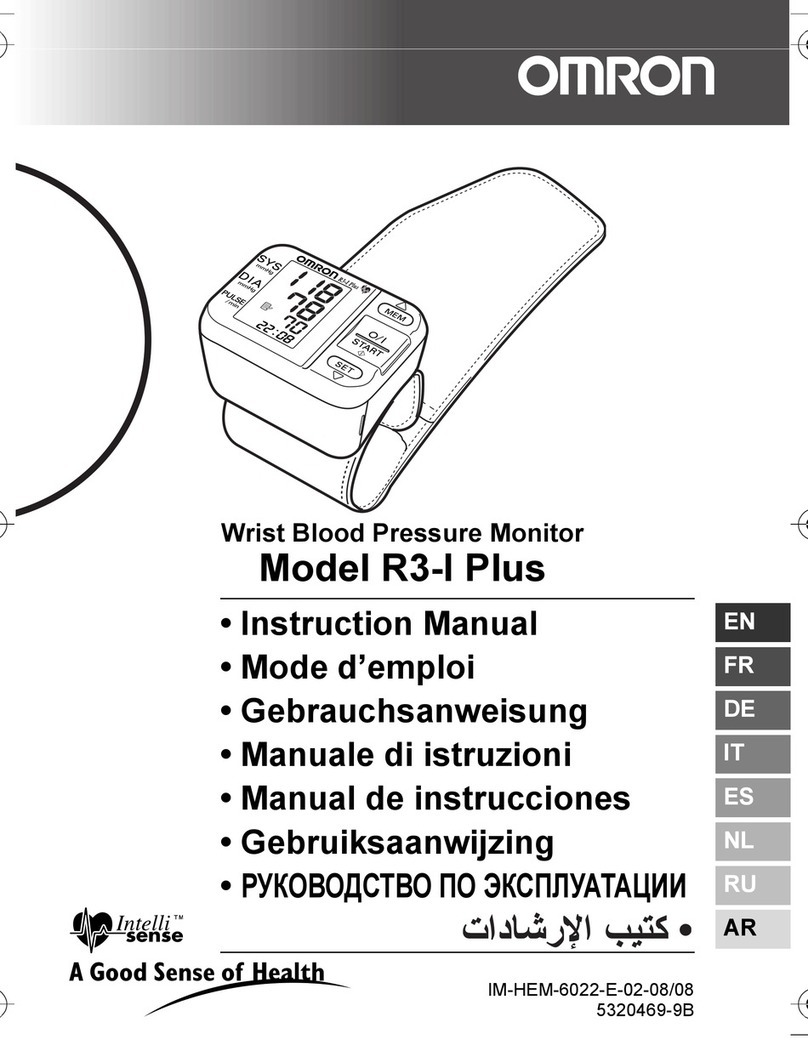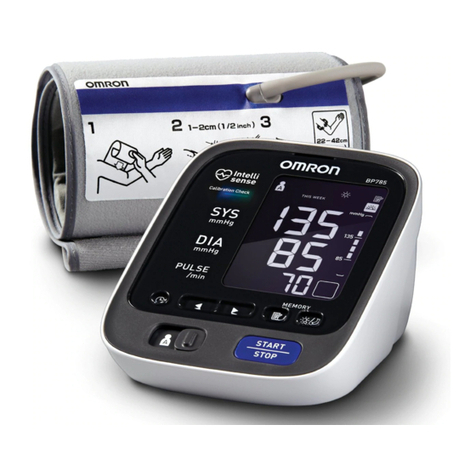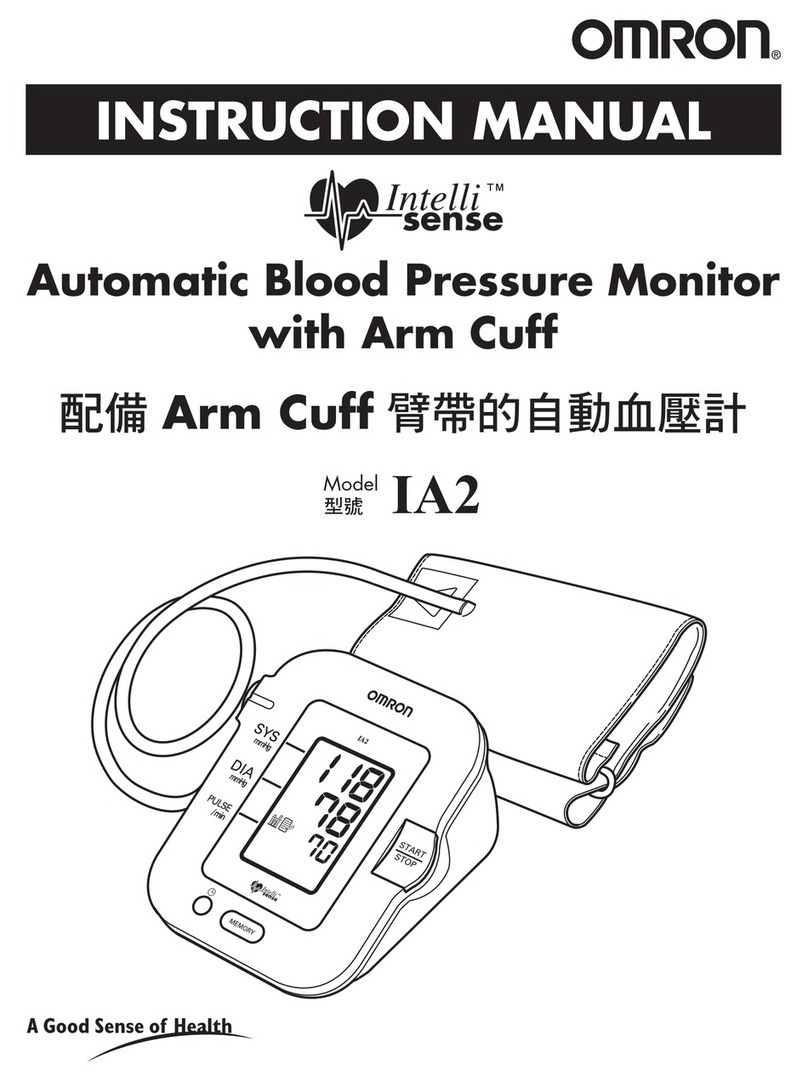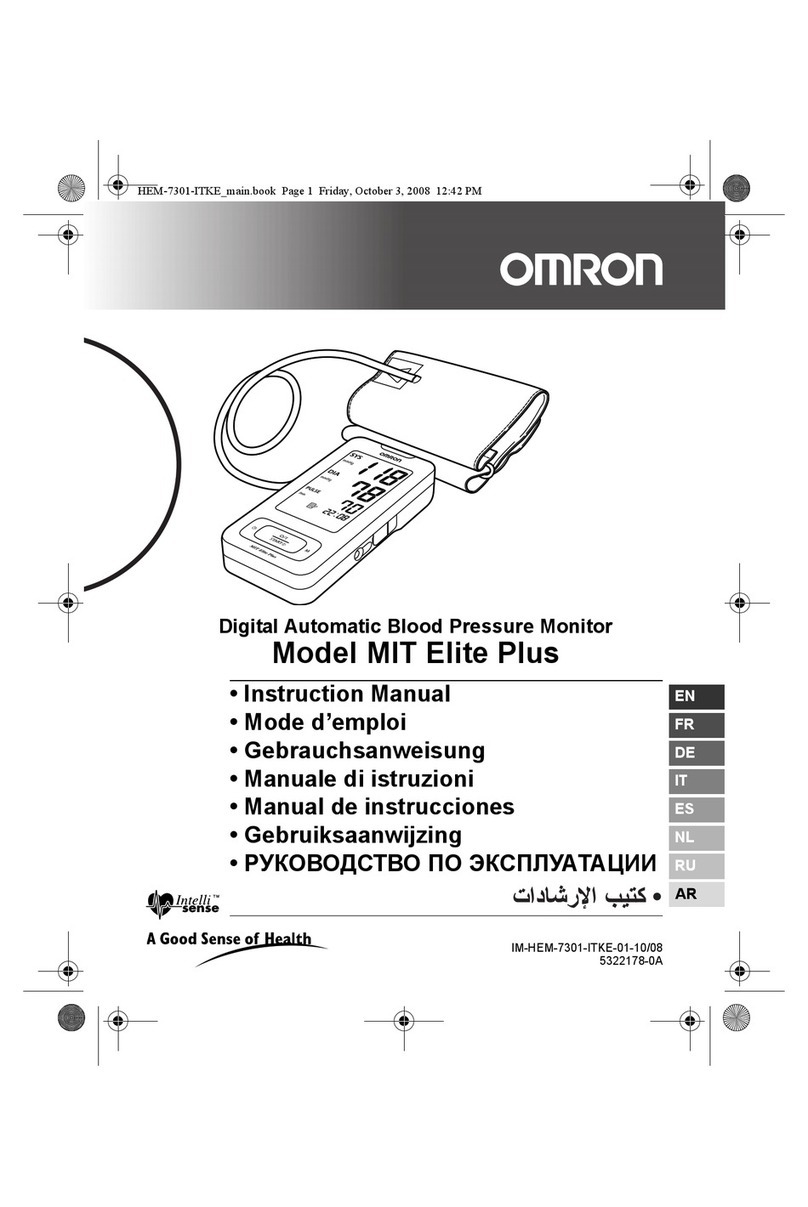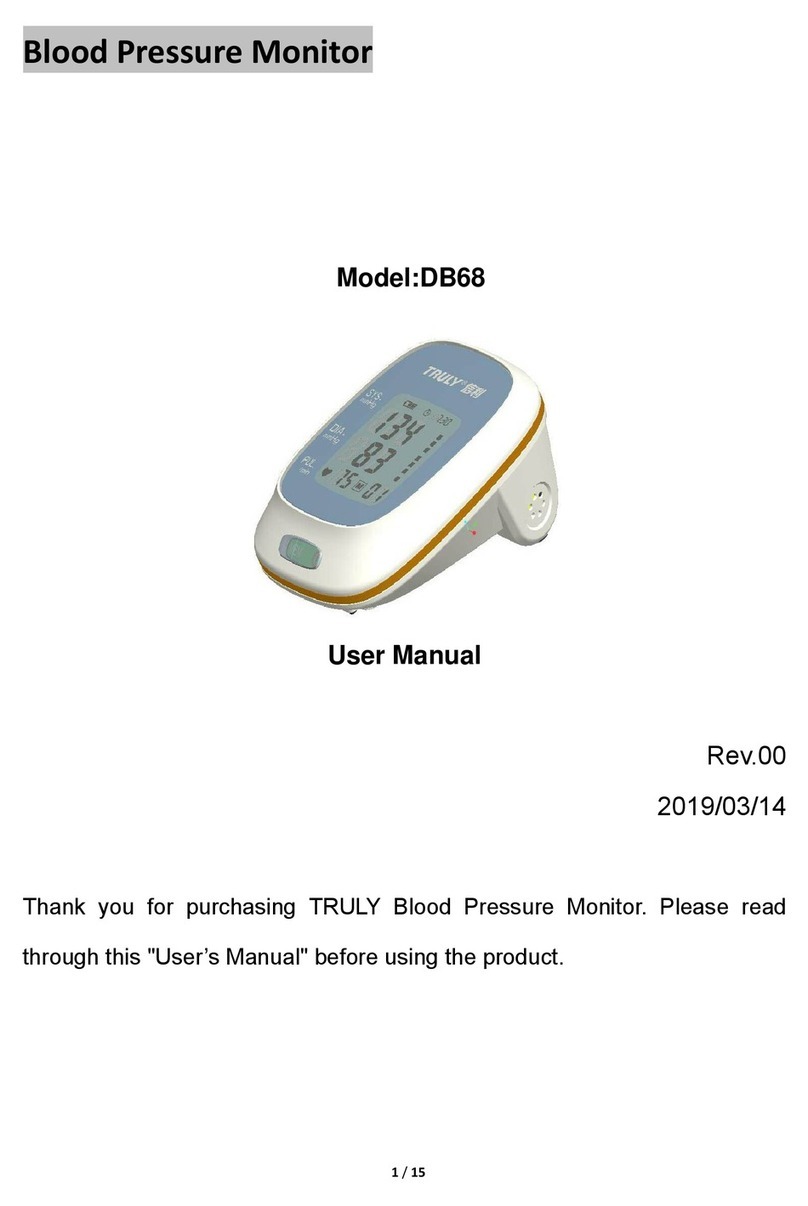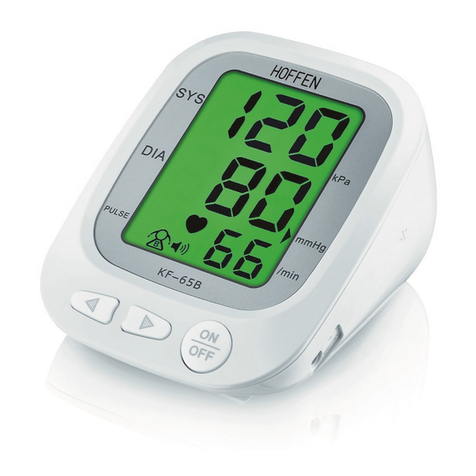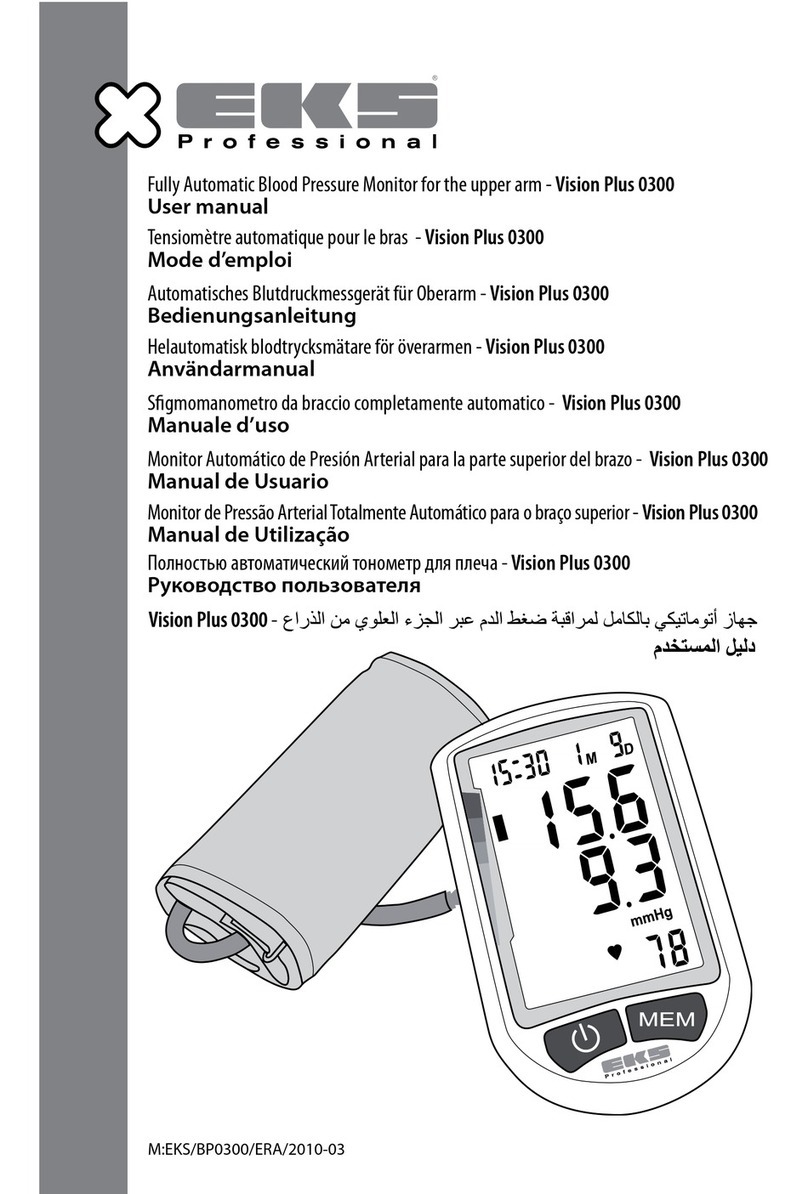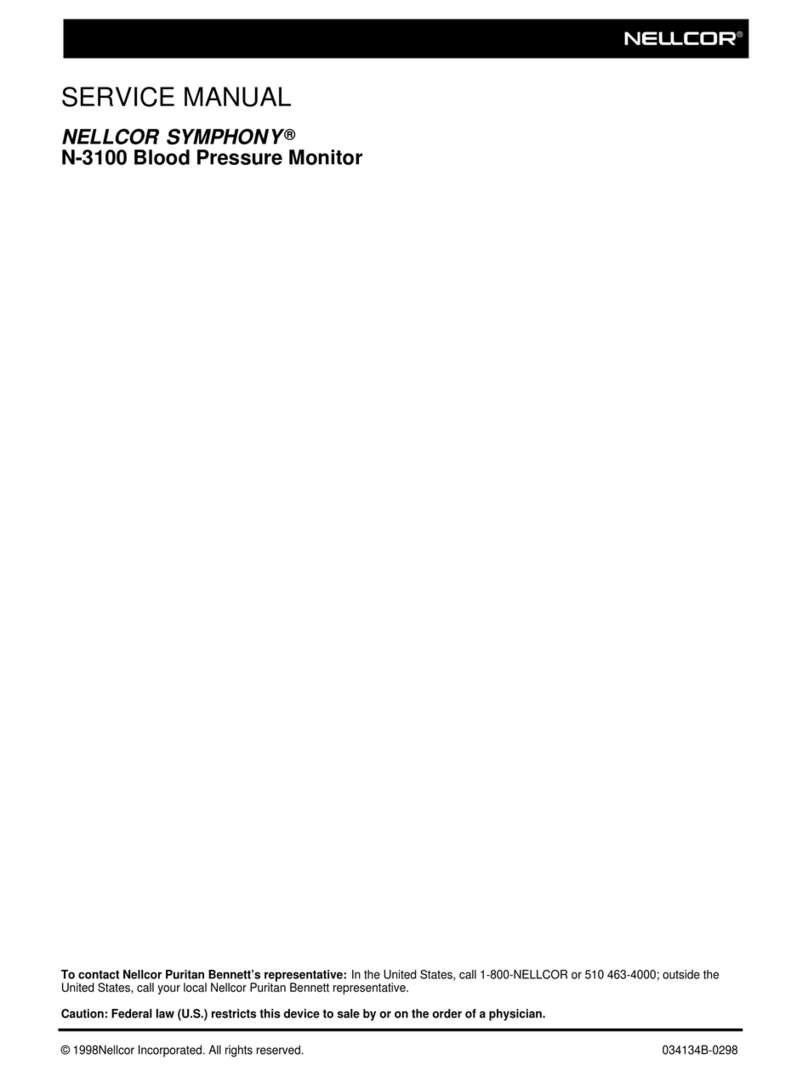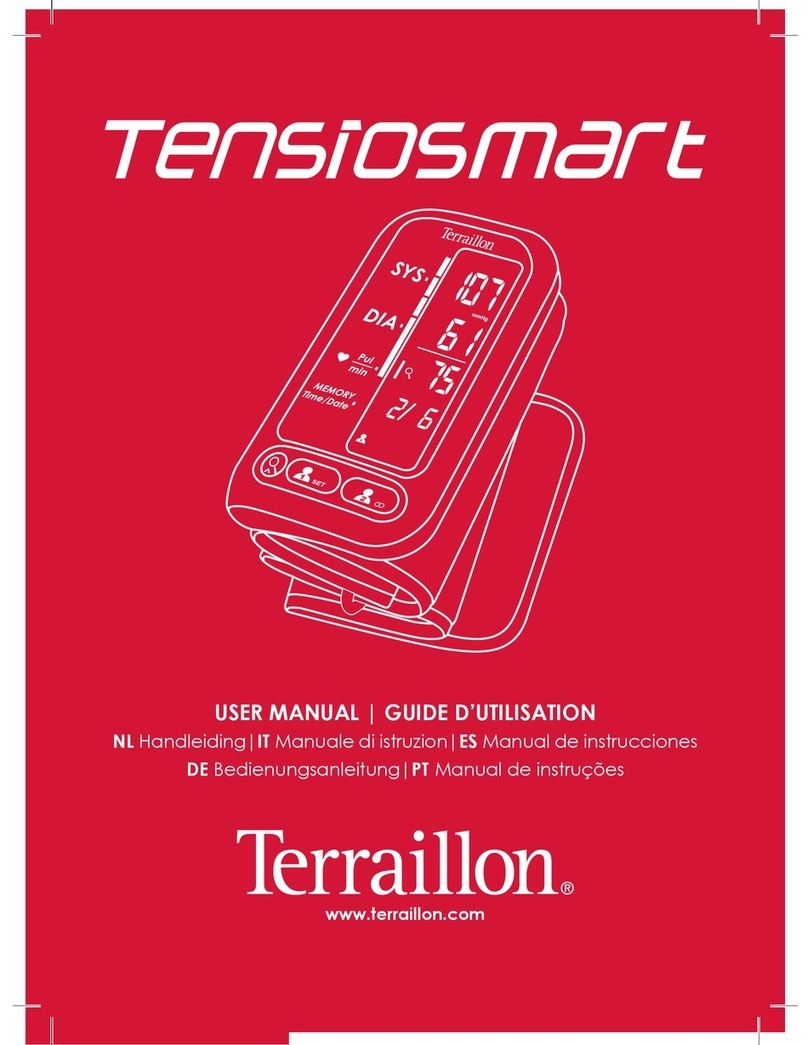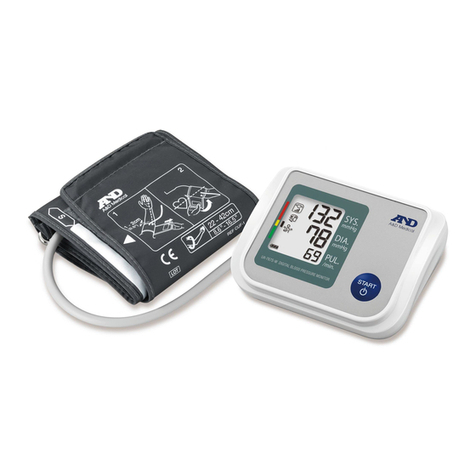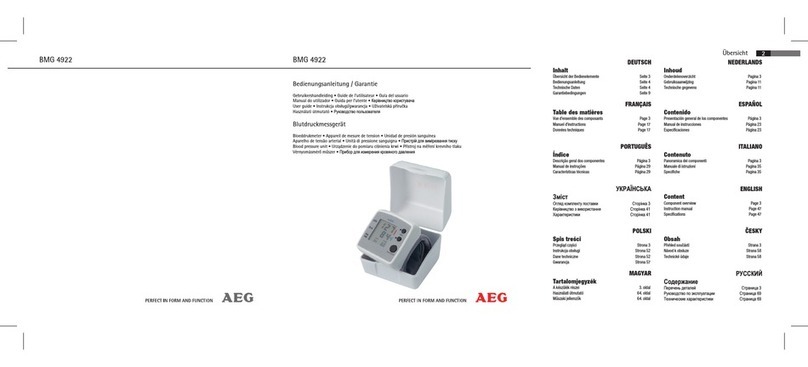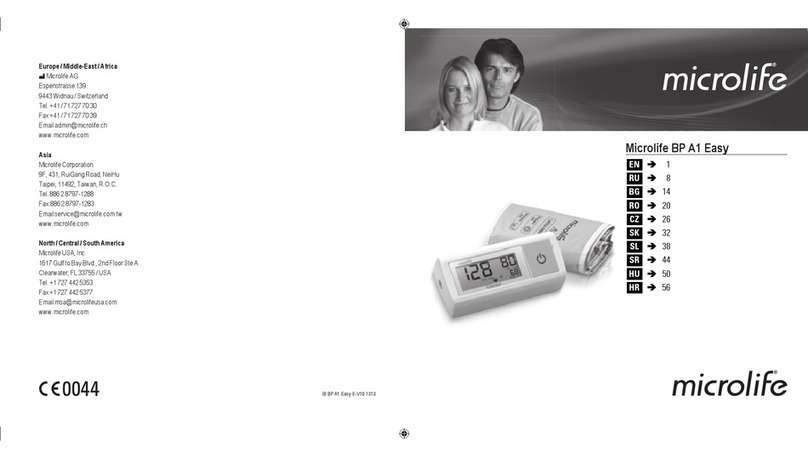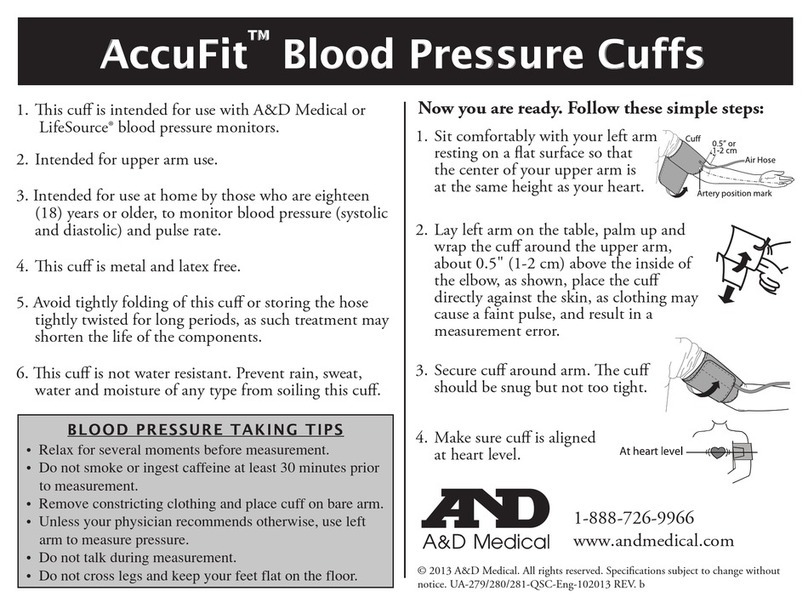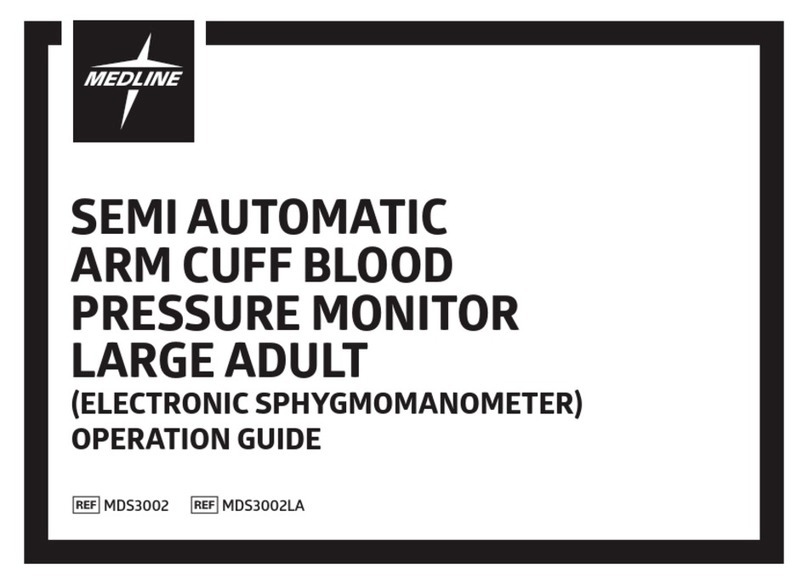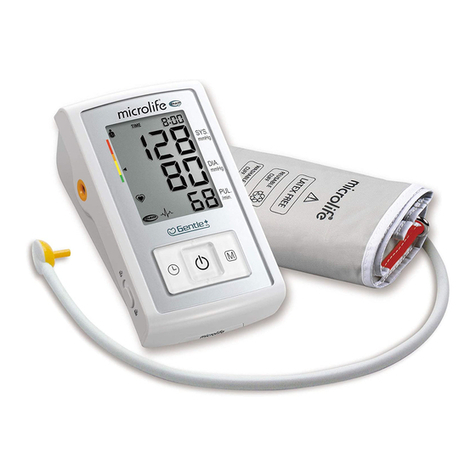4
Caution
• Do not install the monitor in the following locations:
- Locations with dust, salt, or sulfur.
- Locations directly exposed to sunlight for extended periods of time (in
particular, do not leave in direct sunlight or near a source of ultraviolet light
for extended periods, as ultraviolet light will cause deterioration of the LCD).
- Locations subject to vibration or shock.
- Near heaters.
• Do not use the monitor near large equipment that uses a switching relay
for power ON/OFF.
Before use / during use
Warning
• The monitor complies with the EMC standard (IEC60601-1-2). As
such, it can be used simultaneously with multiple medical instruments.
However, if instruments that generate noise such as an electric scalpel
or a microwave therapy instrument are near the monitor, check the
operation of the monitor during and after use of these instruments.
• If an error occurs or a measurement result is questionable, check the
vital signs of the patient by auscultation or palpation. Avoid relying
solely on the measurement results of the monitor when judging the
patient's condition.
• Only trained healthcare providers should use this monitor. Do not allow
patients to operate this monitor.
• Properly connect the connectors and AC adapter cable.
• Do not place objects or liquids on top of this monitor.
• Check the following before using the monitor:
- Make sure the AC adapter cable is not damaged (wires are not
exposed or broken), and the connections are ¿rm.
•
For the AC adapter connected to the monitor, supplies, and optional
instruments, use only the standard accessories or OMRON-speci¿ed
products.
• Do not use in a location with moisture, or a location where water may
splash on the monitor.
This monitor is intended for use in a physician's of¿ce.
• Do not use the monitor if it emits smoke, an abnormal odor, or abnormal
noise.
• Do not bring cellular telephones or transceivers into the room where the
monitor is installed or being used.
• Do not connect multiple monitors to the same patient.
• Do not connect the monitor to a power outlet that is controlled by a wall
switch.
